Growing spinach at home can be a rewarding experience, especially when you’re harvesting fresh, nutritious leaves right from your garden. This leafy green is not only versatile in the kitchen but also relatively easy to grow, making it a great choice for home gardeners. However, like any plant, it thrives best when given the right conditions and care.
To help you grow spinach successfully, there are a few key practices to keep in mind, from soil preparation to harvest timing. By following these best practices, you’ll be able to enjoy a steady supply of homegrown spinach, ensuring it’s healthy, productive, and ready to add to your favorite dishes.
Choose the Right Variety
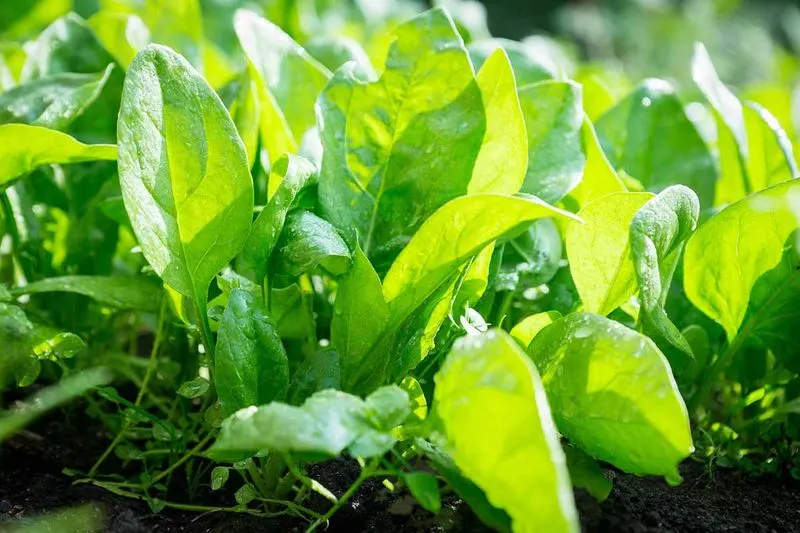
Selecting the appropriate spinach variety is crucial for your garden’s success. Savoy spinach, with its crinkly leaves, is hardy and resistant to cold temperatures. Semi-Savoy varieties blend the hardiness of Savoy with the smoothness of flat-leaf types. Smooth leaf spinach is easier to clean and ideal for quick-growing cycles. Consider your climate and the amount of sunlight available in your garden. Different varieties may thrive better in specific conditions, so choose accordingly. This thoughtful selection process ensures that your spinach plants will flourish, providing you with abundant, delicious leaves to enjoy.
Optimize Soil Conditions
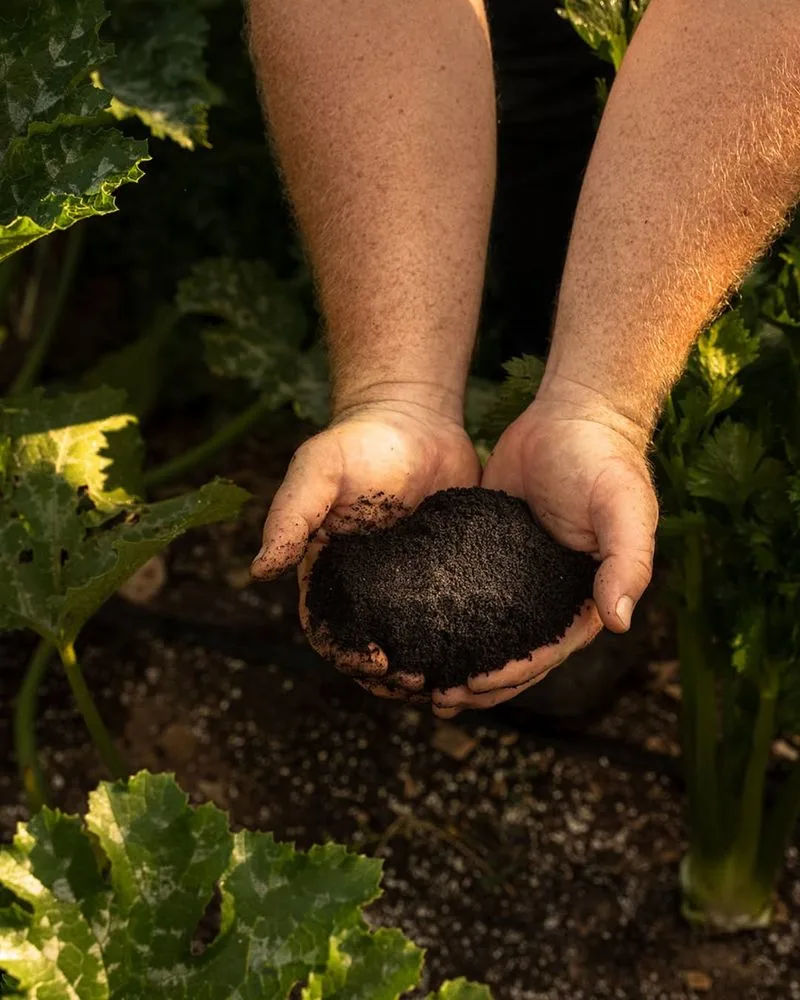
Healthy soil is the backbone of any successful spinach crop. Spinach thrives in well-draining, fertile soil rich in organic matter. A pH level between 6.0 and 7.0 is ideal for optimal growth. Adding compost or aged manure improves soil structure and nutrient content. Regularly test your soil and amend it with lime or sulfur to maintain the desired pH balance. Proper soil preparation not only boosts spinach growth but also enhances flavor and texture. By nurturing your soil, you’re setting the stage for a vibrant and productive spinach patch that rewards your efforts.
Proper Spacing and Sowing
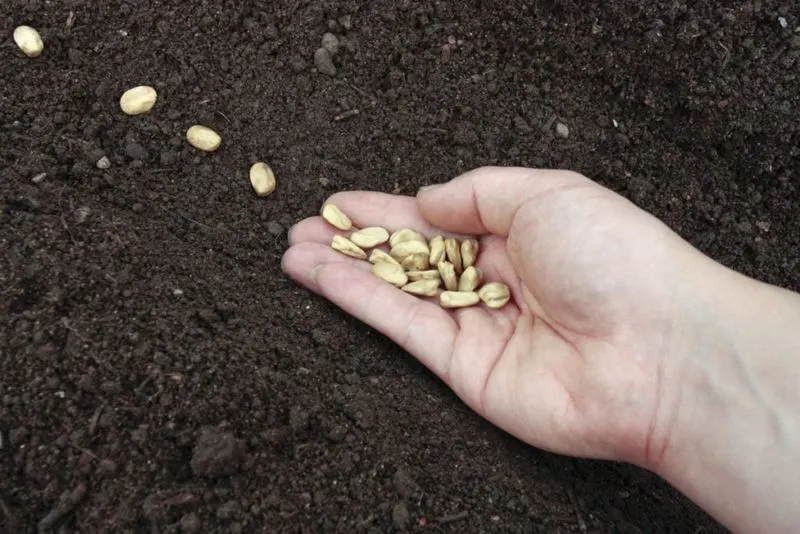
Spacing plays a vital role in the healthy development of spinach plants. Plant your seeds approximately 12 inches apart in rows to allow ample room for growth. This prevents overcrowding, reducing the risk of disease and promoting robust leaf production. Sow seeds about half an inch deep, ensuring consistent moisture during germination. By following these spacing guidelines, you create an environment where each spinach plant can thrive. The result is a lush, green garden filled with vigorous plants that are easy to harvest and enjoy, providing you with fresh, homegrown spinach all season long.
Water Consistently
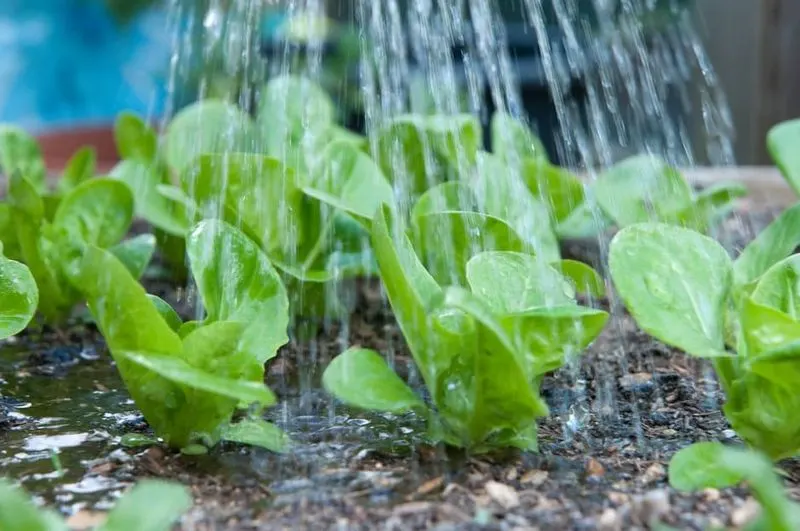
Consistent watering is essential for healthy spinach growth. Spinach requires steady moisture, especially during dry spells, yet hates waterlogged roots. Water your plants early in the morning to reduce evaporation and allow leaves to dry throughout the day. This practice minimizes fungal diseases and promotes strong root systems. Consider using a soaker hose or drip irrigation for efficient water delivery. Keep the soil evenly moist, but avoid over-watering. Mastering the art of watering ensures your spinach remains vibrant and productive, ready to add freshness and flavor to your meals.
Control Weeds Naturally
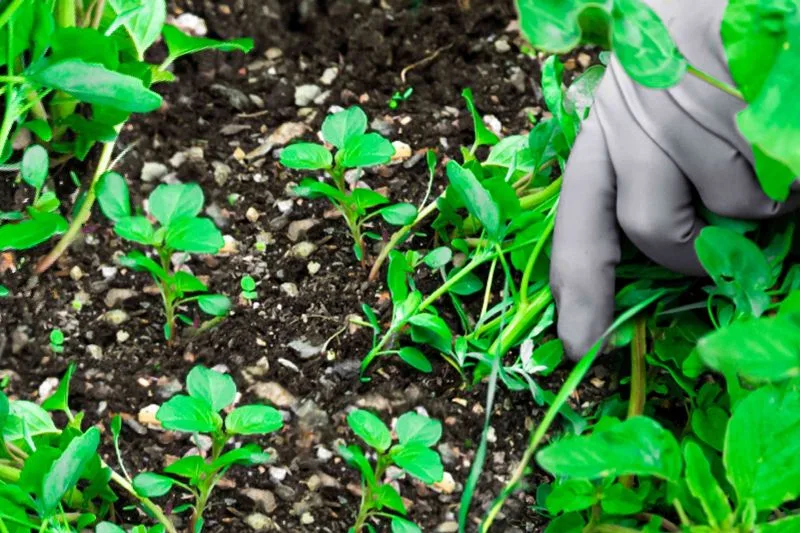
Weeds compete with spinach for nutrients, water, and sunlight, so keeping them in check is vital. Hand-pulling is an effective method for small gardens, allowing you to target unwanted plants without disturbing the spinach. Mulching with straw or organic matter suppresses weed growth while retaining soil moisture. Stay vigilant, especially during the early growth stages, to prevent weeds from taking hold. By managing weeds naturally, you create a thriving environment where your spinach can flourish unimpeded. This careful attention translates into healthier, more productive plants that reward your gardening efforts.
Protect from Pests

Pests can quickly damage your spinach crop if not properly managed. Common threats include aphids, leaf miners, and slugs. Employ natural remedies like neem oil, crushed eggshells, or diatomaceous earth to deter these invaders. Encourage beneficial insects like ladybugs to patrol your garden, keeping pest populations in check. Regularly inspect your plants for signs of infestation, and act swiftly if needed. Implementing these protective measures ensures that your spinach remains healthy and bountiful, allowing you to enjoy a steady supply of fresh leaves without resorting to harmful chemicals.
Use Fertilizers Wisely
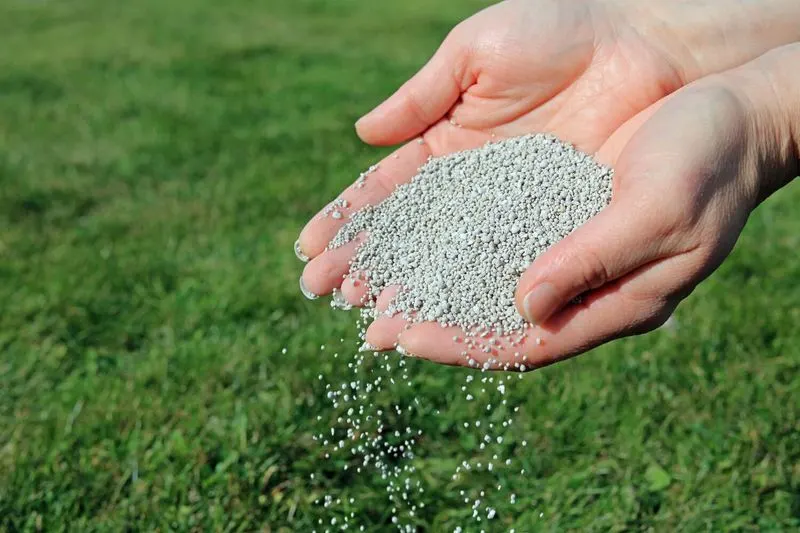
Fertilizing spinach thoughtfully boosts growth and flavor. Use organic fertilizers rich in nitrogen to support leafy development. Apply a balanced fertilizer at the beginning of the growing season, then side-dress with compost or well-rotted manure as needed. Avoid over-fertilizing, which can lead to excessive leaf growth and reduced taste quality. Regularly monitor plant health, adjusting fertilizer applications based on growth and soil conditions. This careful, measured approach ensures that your spinach plants are both nutritious and delicious, providing you with a bountiful harvest of vibrant greens.
Rotate Crops Yearly
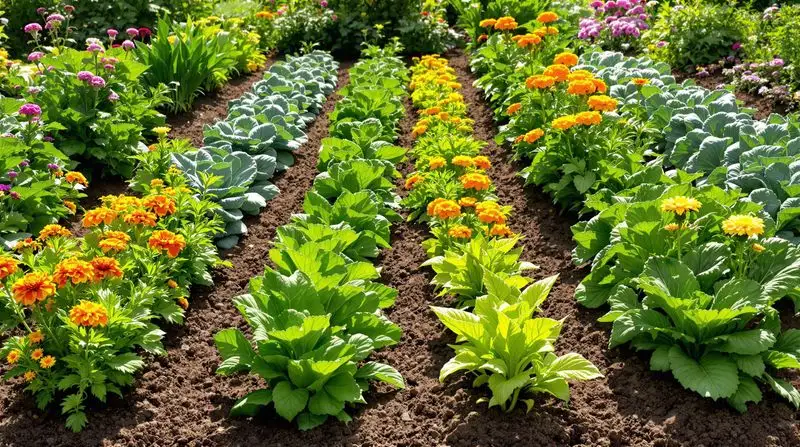
Crop rotation is a crucial practice for maintaining soil health and preventing disease. Rotate spinach with non-related crops such as beans or tomatoes each year to disrupt pest and disease cycles. This practice reduces soil nutrient depletion and promotes balanced growth. Consider a three-year rotation plan to maximize benefits. By rotating crops, you enhance soil fertility and prevent the buildup of harmful pathogens, leading to healthier spinach plants. This thoughtful planning translates into a more sustainable and productive garden, allowing you to enjoy fresh, homegrown spinach for years to come.
Harvest at the Right Time

Timing your spinach harvest is key to achieving the best flavor and texture. Harvest leaves when they are young and tender, usually around 6-8 weeks after planting. Cut leaves from the outer part of the plant, allowing the center to continue growing. This method encourages continuous production throughout the season. Early morning is the ideal time to harvest, capturing the crispness and coolness of the leaves. Proper harvesting techniques ensure that you enjoy spinach at its peak, adding a fresh, nutritious touch to your culinary creations.
Practice Succession Planting
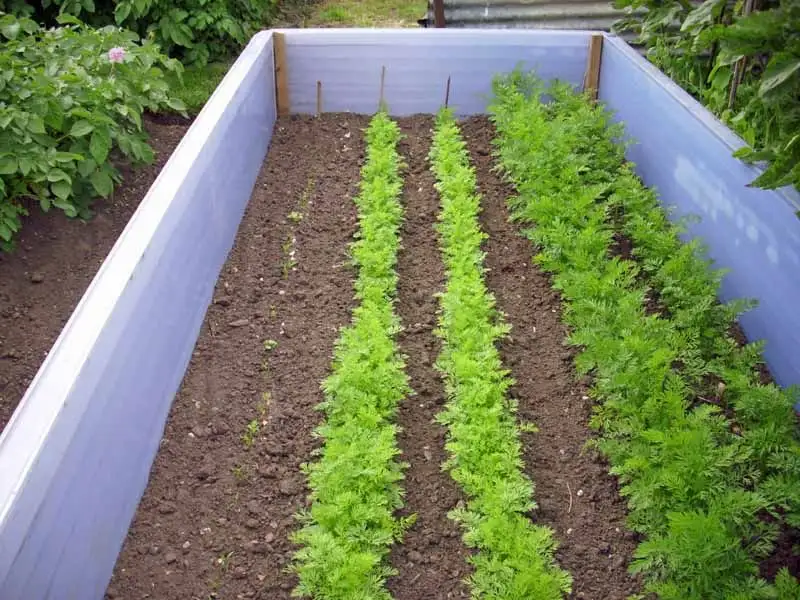
Succession planting keeps your spinach supply consistent and fresh. By planting seeds every few weeks, you ensure a continual harvest throughout the growing season. This method prevents overabundance at once and extends your spinach enjoyment. Plan your plantings based on weather and growing conditions to maximize success. Succession planting allows you to adapt to seasonal changes, ensuring a steady supply of fresh leaves. With this strategy, your garden becomes a dynamic, ever-producing source of nutrition, offering the satisfaction of regular, homegrown produce.
Implement Shade Solutions
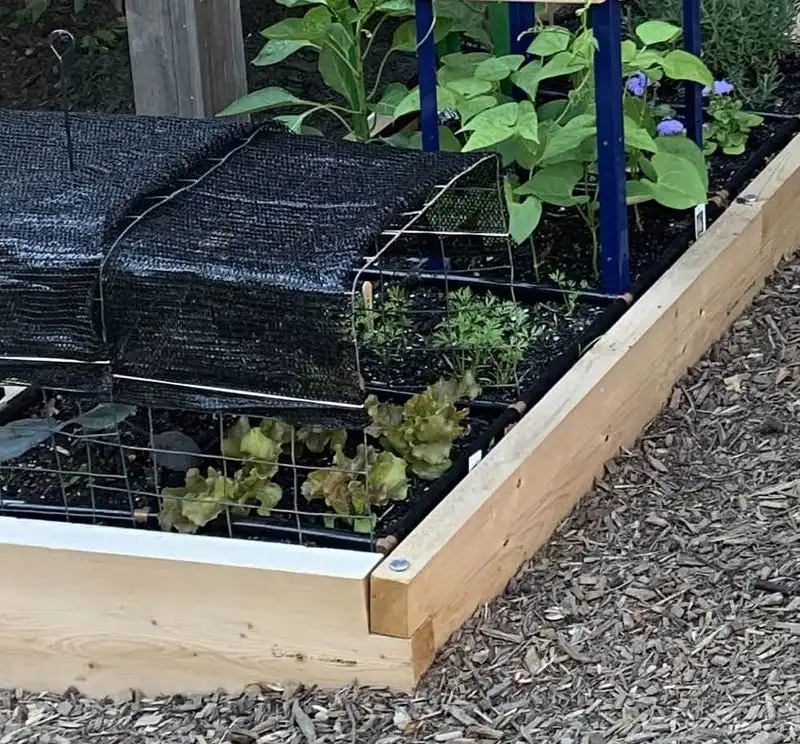
Spinach prefers cooler temperatures, so protecting it from intense sun is essential. Use shade cloth or strategically plant taller crops nearby to shield your spinach from harsh rays. This reduces heat stress and prolongs the growing season, especially in warmer climates. By creating a comfortable microclimate, you promote healthier, more resilient plants. Shade solutions also help retain soil moisture, further enhancing growth. With careful planning, you can cultivate a cool, leafy oasis that thrives even under challenging conditions, yielding a delicious harvest for your table.
Monitor Temperature Extremes
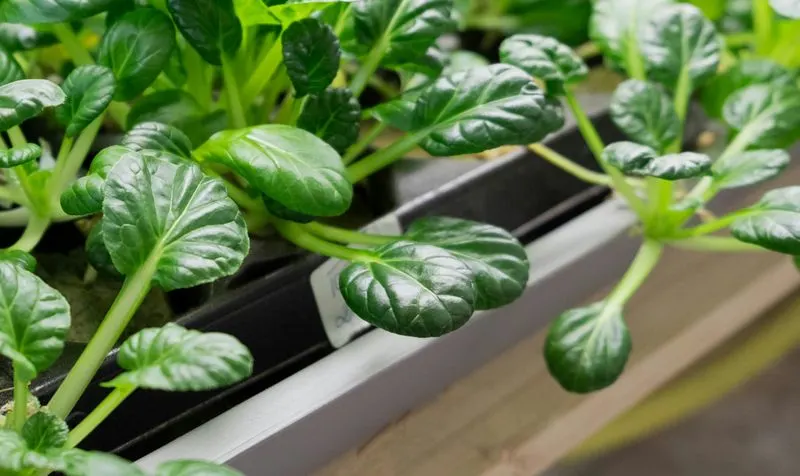
Temperature plays a significant role in spinach cultivation. Spinach thrives in cooler weather, with optimal growth occurring between 50°F and 70°F. Monitor temperatures closely, using row covers or cloches to protect plants from unexpected cold snaps or heatwaves. Adjust planting schedules to align with seasonal changes, ensuring that your spinach grows under ideal conditions. By staying attuned to temperature fluctuations, you create a stable environment that fosters robust growth and resilience. This vigilance pays off with a garden full of lush, vibrant spinach, ready to enjoy in your favorite dishes.
Use Companion Planting Strategies

Companion planting enhances spinach growth by fostering beneficial relationships among plants. Pair spinach with crops like radishes, strawberries, or peas to boost vigor and deter pests. These companions can improve soil conditions, attract beneficial insects, and create a balanced ecosystem. Plan your garden layout to take advantage of these synergies, optimizing space and resources. By integrating companion plants, you cultivate a diverse and thriving garden environment, where spinach can flourish naturally. This harmonious planting approach enriches your garden, yielding a bountiful and healthy spinach harvest.
Manage Diseases Proactively

Spinach is susceptible to diseases like downy mildew and leaf spot, so proactive management is key. Regularly inspect leaves for any discolored or malformed areas. Remove affected plants promptly to prevent disease spread. Maintain good air circulation and avoid overhead watering to reduce moisture-related issues. Implementing resistant varieties and rotating crops also minimizes disease risk. By taking these preventive measures, you ensure the vitality and productivity of your spinach plants. This diligent care leads to a garden teeming with healthy, robust greens, ready to provide nourishment and delight.

